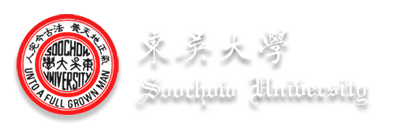The Presidential Office Building serves as the center of political power in Taiwan, featuring the offices of both the President and the Vice President of Taiwan. It was built in 1919 but has since undergone several repairs and renovations to become what it is today. The building is a mix of many architectural styles, including Japanese, Chinese, and European influences. As it holds the office of the President, it was home to Chiang Kai-shek’s rule as well. The building was renamed Chieh Shou Hall in 1946, meaning “Long live Chiang Kai-shek”. More recently, the building has opened up to visitors as it is less focused on Chiang Kai-shek’s views. Visitors will need to have any bags searched and their ID checked for security. The building itself is wheelchair accessible, and as its layout is a rectangle, visitors should have an easy time exploring the building.
The many exhibits located on the first floor showcase the history and architecture of the Presidential Office Building. Almost all the information present also has English translations. There are also exhibits showcasing the people of Taiwan. When we visited, there was an exhibit on the Hakka, an ethnic group within Taiwan. In the middle of the office building is a garden, where tourists are usually free to walk through, although when the team visited, the area was closed off due to construction. Chiang’s influence on the Presidential Office Building has decreased as the building’s points of interest have been modernized, potentially showing how Taiwan is moving forward from the generalissimo’s rule.
